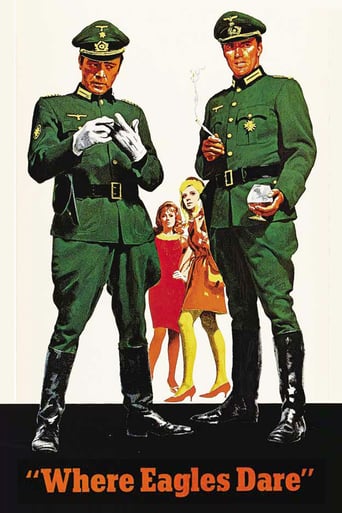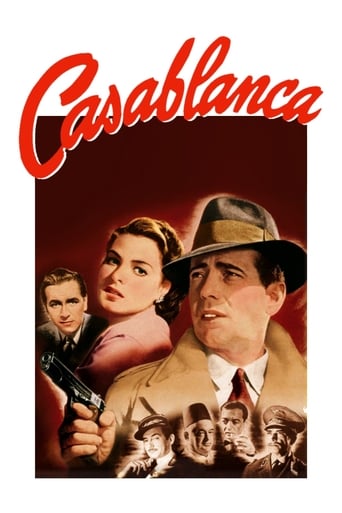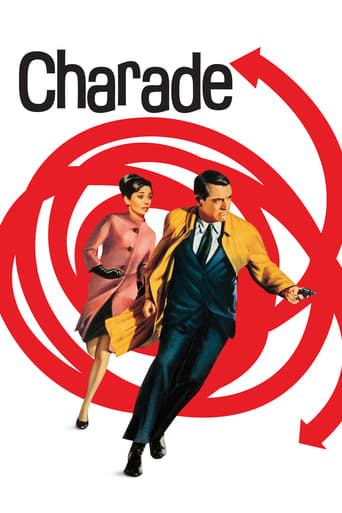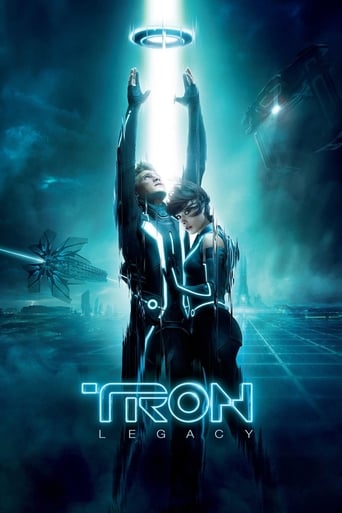


The Scarlet and the Black
Fr. Hugh O'Flaherty is a Vatican official in 1943-45 who has been hiding downed pilots, escaped prisoners of war, and Italian resistance families. His activities become so large that the Nazis decide to assassinate him the next time he leaves the Vatican.
-
- Cast:
- Gregory Peck , Christopher Plummer , John Gielgud , Raf Vallone , Kenneth Colley , Walter Gotell , Barbara Bouchet


Similar titles
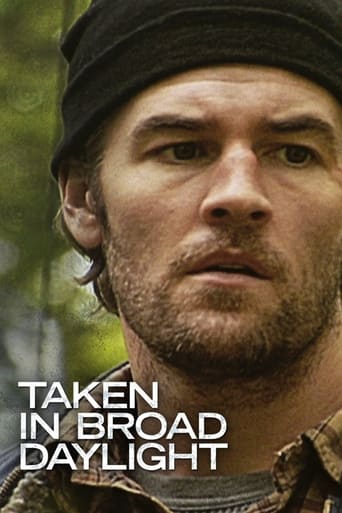
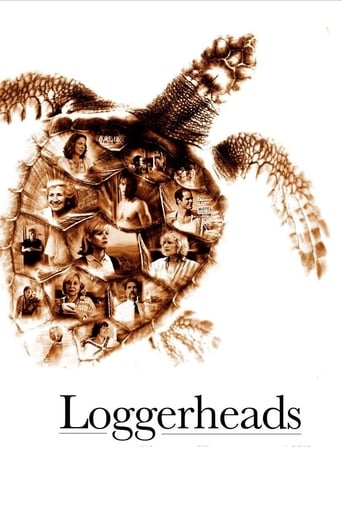
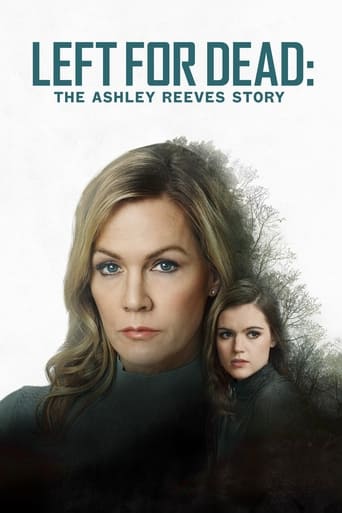
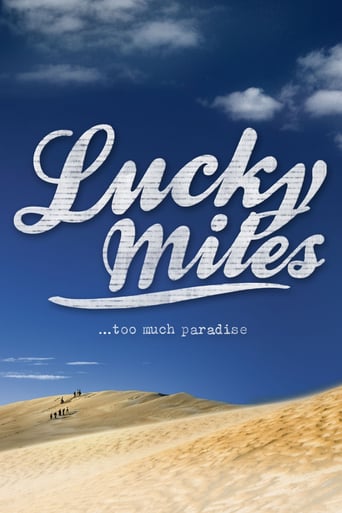
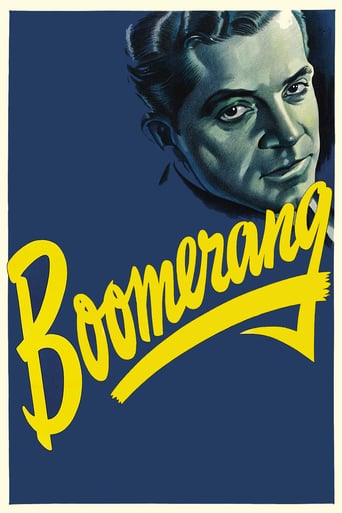
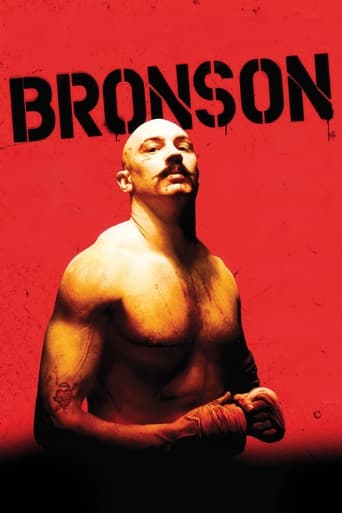

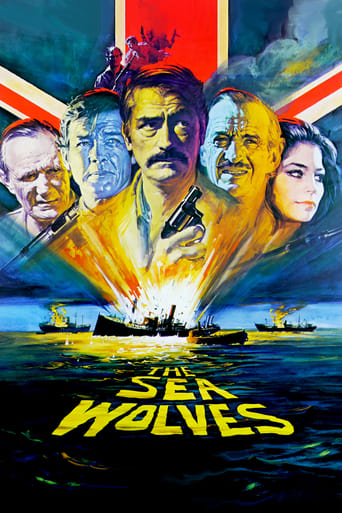
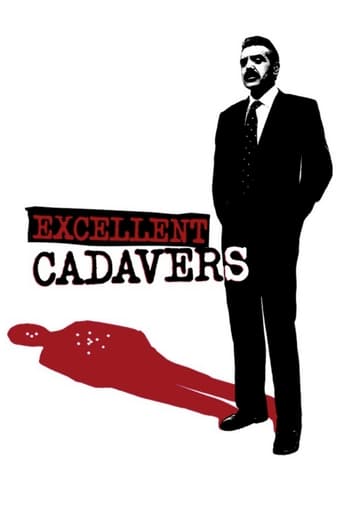
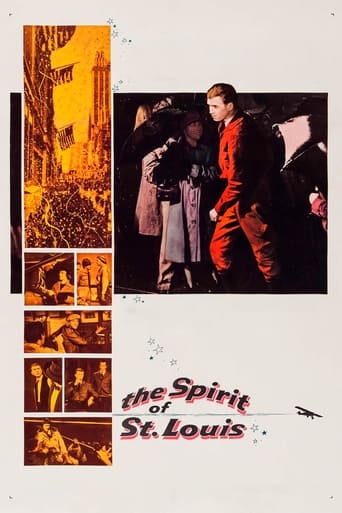
Reviews
Touches You
Best movie ever!
I cannot think of one single thing that I would change about this film. The acting is incomparable, the directing deft, and the writing poignantly brilliant.
The film's masterful storytelling did its job. The message was clear. No need to overdo.
Last night.I can only imagine from reading other reviews, that the full - length version has rather more substance. Nothing about Col.Kappler gave any indication that he was anything more than a typical Nazi thug. Well,he liked Puccini,but the film world is crowded with opera - loving Nazi officers. He would clearly have loved to have taken the Pope (Sir John Gielgud at his most unctuous and sanctimonious) and smacked him around in the S.S prison in Rome.The Pontiff appeared to be the sort of man who would wash his hands before going to the bathroom,whose nose was permanently beset by a bad smell. I must say I felt a twinge of sympathy for Kappler in this instance. Mr C.Plummer gave his Freeview version of Kappler no humanity until he is absolutely trumped by Mr T.P.Mckenna as Reichsfuhrer Himmler. Mr G.Peck is Monsignor O'Flaherty who is the thickness of a cigarette paper away from being a Stage Oirishman. However most of the time he holds himself in check and is still damnably handsome,although in a scene right at the end just before he is blessed by Sir John we can see that in fact that we are looking at an elderly man whose stunt double had certainly earned his corn. I suspect about half an hour has been cut from the original in order to fit in adverts for incontinence pads and O.A.P.s holidays. Despite that,the remnants of a good movie are visible. The scene in the Colliseum between Kappler and O'Flaherty is very tense with Mr Peck giving his one - man audience a Hellfire and Brimstone sermon and Mr Plummer rather movingly pleading with him to save his family as Rome falls. In the end of course there was no Battle of Rome any more than there was a Battle of Paris. A deal was struck ,the German Army withdrew and the Holy City was spared. The closing titles revealed the fate of both protagonists which would make seeking out a full version of "The Scarlet and The Black" rather pointless. I just wish I'd seen it back in 1983.
Director Jerry London brought together some great actors, a fine script, and true life events to create an exceptional television film Based on the efforts of a Irish priest to smuggle Allied prisoners through the Vatican and under the noses of the Nazis, this is a very suspenseful and dramatic story. Gregory Peck as the priest and Chistopher Plummer as the Nazi commander are truly superb and the cat and mouse game they act out is mesmerizing. Intense, moving, and sometimes brilliant, The Scarlet and the Black is one of the more intelligent television movies of the era and one that holds up well to this day.
The priest Hugh O'Flaherty (Gregory Peck) turns into the rescuer of the persecuted by Nazis. The Monsignore clandestinely within the shield of the Vatican's diplomatic immunity to shelter allied military from the Gestapo Chief Herbert Kappler (Christopher Plummer) . Then O'Flaherty masquerades as nun, seller, or Nazi officer in order to outwit the German plans in occupied Rome. At the ending the scene where bad guy , Plummer, and good priest ,Peck, finally confront each other is a high point.This story is inspired on actual facts and based on the nonfiction novel titled ¨The Scarlet Pimpernel of the Vatican¨ by J.P.Gallaher. This interesting story drags in some place but is well realized and contains good cinematography by Giuseppe Rotunno and excellent musical score by Ennio Morricone. It's a lavish production by Bill McCutchen , an ITC-RAI Radiotelevisione Italiana Co-production for world distribution, well filmed by Jerry London entirely on location in Rome. The real events are the following : In the early years of World War II, O'Flaherty (Gregory Peck)toured prisoner of war camps in Italy and tried to find out about prisoners who had been reported missing in action.When Italy changed sides in 1943, thousands of British POWs were released. Some of them (John Terry), remembering visits by O'Flaherty , reached Rome and asked him for help. O'Flaherty did not wait for permission from his superiors. He recruited the help of other priests (Raf Vallone, Angelo Infanti), and a Swiss count (Vernon Dobtcheff). He also kept contact with Sir D'Arcy Osborne (Peter Burton), British Ambassador to the Vatican. O'Flaherty and his allies concealed 4,000 escapees − Allied soldiers and Jews − in flats, farms and convents. One of the hideouts was beside the local SS headquarters. O'Flaherty coordinated all this and when he was visiting outside the Vatican, he wore various disguises.The German occupiers of Rome commanded by Col. Herbert Kappler (Christopher Plummer) under orders of Reichsfuhrer Heinrich Himmler (T. P. McKenna) tried to stop him and eventually they found out that the leader of the network was a priest.His efforts put him at odds with the Pope Pius XII (John Gielgud) and SS attempts to assassinate him failed. They found out his identity, but could not arrest him inside the Vatican. When the German ambassador revealed this to O'Flaherty, he began to meet his contacts on the stairs of the St. Peter's Basilica.Several others, including priests, nuns and lay people, worked in secret with Msgr. O'Flaherty, and even hid refugees in their own private homes around Rome. Another person who contributed significantly to this operation was the Malta-born widow Chetta Chevalier (Olga Karlatos), who hid some refugees in her house with her sons (Fabiana Udenio), and was lucky to escape detection. When the Allies arrived in Rome in June 1944, 3,925 of the escapees were still alive. O'Flaherty demanded that German prisoners be treated properly as well. He took a plane to South Africa to meet Italian POWs and to Jerusalem to visit Jewish refugees. Of the 9,700 Jews in Rome, 1,007 had been shipped to Auschwitz. The rest were hidden, 5,000 of them by the official Church − 3,000 in Castel Gandolfo, 200 or 400 as "members" of the Palatine Guard and some 1,500 in monasteries, convents and colleges. The remaining 3,700 were hidden in private homes. After liberation Monsignor O'Flaherty was honored by Italy, Canada and Australia given the US medal of Freedom and made a Commander of the British Empire. Herbert Kappler was sentenced to life imprisonment for war crimes. In the long years that followed in his Italian prison, Kappler had only one visitor. Every month, year in and year out, O'Flaherty came to see him. In 1959, the former head of the dreaded Gestapo in Rome was baptized into the Catholic faith at the hand of the Irish priest.
Monsignor Hugh O'Flaherty was a priest and high-ranking official of the Vatican Curia who, along with an underground network he supervised, helped save the lives of thousands of refugees, Jews, and POW's from the Nazis when they occupied Rome from 1943-1944. O'Flaherty's heroism has been somewhat eclipsed, partly because history has shown much ambivalence and controversy towards the decisions of the Vatican's leader of the time, Pope Puis XII. Hugh O'Flaherty was one of the great heroes who fought against the Nazis, as important as any of the leaders of the Resistance in France. "The Scarlet and the Black" is a fitting portrayal and tribute to the man some called the "Scarlet Pimpernel of the Vatican". The film centers around how O'Flaherty undermined the Nazi occupation in Rome with deception, charisma, and even a little bit of wit, in order to save the lives of those labeled as enemies of the Reich.The film is outstanding primarily because of the two leads, Gregory Peck as O'Flaherty and Christopher Plummer as his nemesis, Colonel Herbert Kappler, who was charged with "maintaining order in the city", which included the deportation of Italian Jews to slave and death camps. (Apparently, Hitler included Italian Jews in his "final solution".) Both actors play their parts with enough subtlety and deftness that we never feel the movie is trying to make an overt propaganda statement. Instead, the filmmakers allowed the setting and actors tell their story without pushing a message, allowing viewers to draw their own conclusions, which is, in the end, a far more compelling statement. O'Flaherty is not entirely idealized, as he comes off stubborn, quick-tempered, and self-righteous. Being of Irish decent, he does not hesitate to express his anti-British sentiments. In a similar vein, Colonel Kappler is not completely vilified. Even Kappler is allowed a few moments of tenderness, although he is determined to carry out his orders at all costs. He does rationalize the crimes he commits as simply following the will of the Fuhrer. One of the most striking scenes involves Kappler meeting his high command and explaining why his control of Rome is not complete, which shows the complexity of the Nazi high command and the enormous pressures on high-ranking officers. His superior tells him that he must report directly to Hitler.The other aspect which should not be overlooked is the fine screenplay by David Butler, based on the book "The Scarlet Pimpernel of the Vatican" by J.P. Gallagher. The film never lapses into cliché or over-the-top sentimentality, but rather opts for depicting the circumstances as true to history as much as can be expected from a feature film. The film also leaves ambiguous the "right or wrong" of the decisions made by Pope Pius XII. While some have criticized him for not denouncing the Nazis categorically during the war, he, before he became pope when he still a Cardinal, helped pen "Mit brennender Sorge" (1937), the first document by an international organization denouncing the Nazi regime. In the 1940's, Pope Pius and the Vatican embraced a policy of strict neutrality. Some in Poland felt betrayed by the Papacy while others felt it was necessary in order to save the church when Nazis imprisoned many thousands of the clergy, including monks and nuns.Overall, a thoroughly compelling World War II drama that tells a story of great heroism. Hopefully, this film helped to remind the public about other acts of great import that were done by those with no pretense to greatness. Some of these did what they did while wearing a priest's collar. As a footnote, the film imparts that when Colonel Kappler was a prisoner for war crimes after Rome's liberation from Nazi occupation, O'Flaherty visited him every month.




